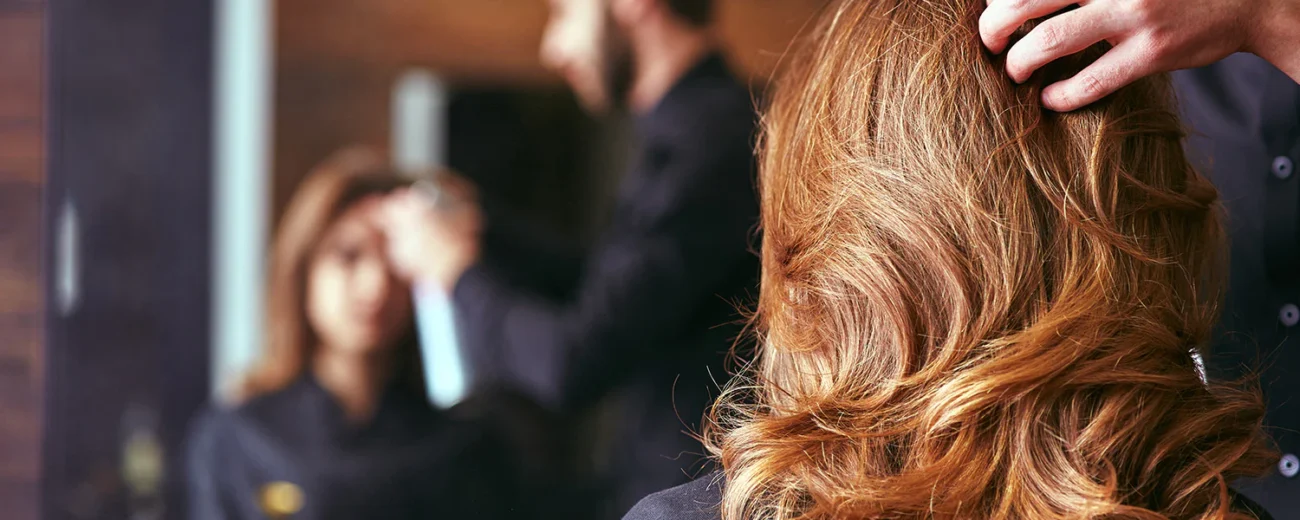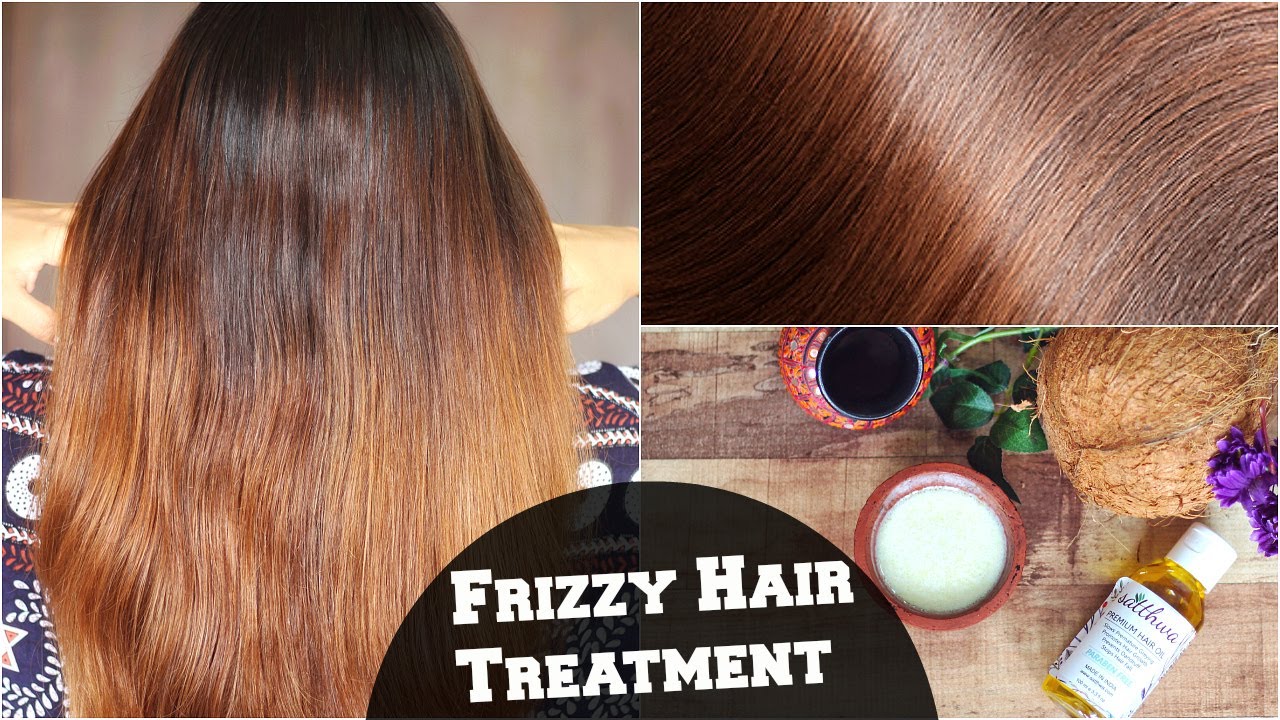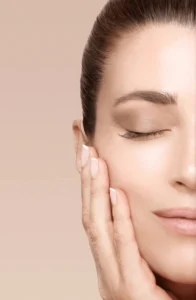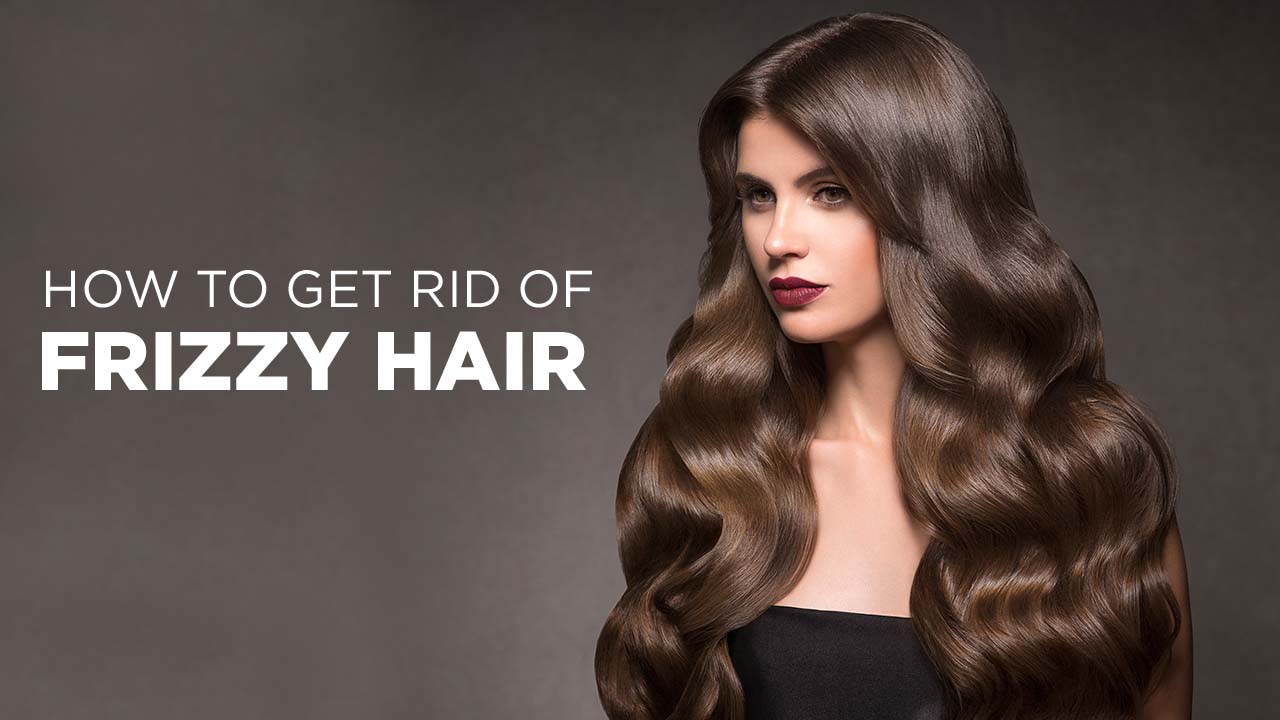Frizzy hair is a common challenge that affects individuals across all hair types and textures. It’s often characterized by dryness, lack of smoothness, and a tendency to resist styling. Frizz occurs when the hair’s cuticle layer is raised, allowing moisture to penetrate and swell the strands. While it can be frustrating to manage, there are professional, specialist-approved solutions to restore smoothness and maintain healthy, frizz-free hair. This article delves into the causes of frizz and offers stylish, effective remedies for long-term results.
Understanding Frizz: Causes and Triggers
1. Lack of Moisture
The primary cause of frizz is dryness. When hair lacks sufficient moisture, it seeks hydration from the surrounding air, causing the cuticle to lift and hair to appear frizzy.
2. Damaged Hair Cuticles
Heat styling, chemical treatments, and harsh brushing can damage the hair’s outer layer, making it more susceptible to frizz.
3. Humidity
High humidity levels exacerbate frizz by allowing excess moisture to enter the hair shaft, leading to swelling and unruly strands.
4. Hair Porosity
Highly porous hair, often a result of damage or genetics, absorbs moisture quickly but loses it just as fast, leading to frizz.
5. Incorrect Hair Care Practices
Using sulfate-heavy shampoos, skipping conditioner, or towel-drying hair aggressively can contribute to frizz by disrupting the hair’s natural balance.

Specialist Solutions for Managing Frizzy Hair
1. Moisturizing Hair Care Routine
- Hydrating Shampoos and Conditioners: Opt for sulfate-free, moisturizing products that nourish the hair without stripping its natural oils. Ingredients to look for include:
- Argan Oil: Provides deep hydration and smoothness.
- Shea Butter: Locks in moisture and reduces dryness.
- Keratin: Strengthens the hair and repairs damage.
- Deep Conditioning Treatments: Use a deep conditioner or hair mask once a week to restore moisture and smooth the cuticle. Look for masks enriched with proteins and essential oils.
2. Heat Protection and Styling
- Use Heat Protectants: Always apply a heat protectant before using styling tools to shield hair from damage.
- Avoid Excessive Heat: Reduce the use of flat irons, curling wands, and blow dryers. When necessary, use them on a low heat setting.
- Air-Drying Techniques: Allow your hair to air-dry whenever possible to minimize heat exposure. Use a microfiber towel or cotton T-shirt to gently blot excess water.
3. Frizz-Control Products
- Leave-In Conditioners: Apply a lightweight leave-in conditioner to damp hair for added hydration and manageability.
- Anti-Frizz Serums and Creams: Use silicone-based serums or smoothing creams to seal the cuticle and protect against humidity.
- Hair Oils: Lightweight oils like argan, coconut, or jojoba oil can provide shine and tame flyaways without weighing down the hair.

4. Professional Treatments
- Keratin Treatments: Professional keratin treatments help smooth and straighten frizzy hair by infusing keratin into the strands.
- Botox for Hair: This treatment deeply conditions and smooths hair without altering its natural texture.
- Hair Glazing: A semi-permanent treatment that coats the hair with a protective layer, enhancing shine and reducing frizz.
5. Trim Regularly
Split ends contribute to frizz. Schedule trims every 6-8 weeks to maintain healthy ends and prevent breakage.
Natural Remedies for Frizzy Hair
1. Coconut Oil
Warm a small amount of coconut oil and apply it to the hair as a pre-shampoo treatment. It deeply hydrates and smooths the cuticle.
2. Avocado Mask
Mash one ripe avocado with a tablespoon of olive oil and apply it to your hair. This mask provides essential nutrients and moisture.
3. Honey Rinse
Mix a teaspoon of honey with two cups of water and use it as a final rinse after shampooing. Honey is a natural humectant that locks in moisture.
4. Aloe Vera Gel
Apply pure aloe vera gel to damp hair to reduce frizz and enhance shine.
5. Banana Mask
Blend one ripe banana with a tablespoon of almond oil. Apply the mixture to your hair for 20-30 minutes to deeply condition and smooth strands.

Styling Tips to Combat Frizz
1. Opt for Loose Hairstyles
Tight hairstyles can cause tension and breakage, leading to frizz. Loose buns, braids, or ponytails are gentler on the hair.
2. Choose the Right Tools
- Use a wide-tooth comb instead of a brush to detangle wet hair.
- Switch to a silk or satin pillowcase to reduce friction and frizz while sleeping.
3. Minimal Product Use
Avoid overloading your hair with too many products, as buildup can weigh down hair and exacerbate frizz.
4. Control Environmental Exposure
Protect your hair from humidity and pollution by wearing a hat or using a UV-protective spray.
Preventive Measures for Frizz-Free Hair
- Maintain a Balanced Diet: Foods rich in omega-3 fatty acids, biotin, and vitamins A and E support healthy, hydrated hair.
- Stay Hydrated: Drink plenty of water to maintain your hair’s internal moisture levels.
- Limit Chemical Treatments: Reduce the frequency of coloring, bleaching, or perming your hair to avoid cuticle damage.
- Shampoo Strategically: Focus on cleansing the scalp rather than the hair ends to prevent over-drying.
- Weatherproof Your Routine: Use anti-humidity sprays during rainy or humid weather to keep your hair smooth.
Debunking Myths About Frizzy Hair
- Myth: Frizzy Hair is Always Damaged Hair: While damage can cause frizz, it’s not the sole reason. Genetics, humidity, and improper care also play roles.
- Myth: Oils Alone Can Tame Frizz: While oils help, they should be part of a comprehensive care routine for effective results.
- Myth: Washing Daily Reduces Frizz: Overwashing can strip natural oils, exacerbating dryness and frizz.
When to Consult a Specialist
If your frizz persists despite following a comprehensive care routine, consult a dermatologist or trichologist. Chronic frizz may indicate underlying conditions such as:
- Scalp disorders
- Severe damage from chemical treatments
- Hormonal imbalances
Specialists can recommend personalized treatments, advanced hair care products, or in-clinic therapies to address your specific concerns.
Conclusion
Frizzy hair doesn’t have to be a permanent struggle. By understanding its causes and adopting a professional, tailored approach, you can achieve smoother, healthier hair. From hydrating products and natural remedies to professional treatments and preventive strategies, there are countless ways to tame frizz and enjoy effortlessly stylish hair every day. With consistency and the right care, your hair can radiate shine and confidence, free from the woes of frizz.












